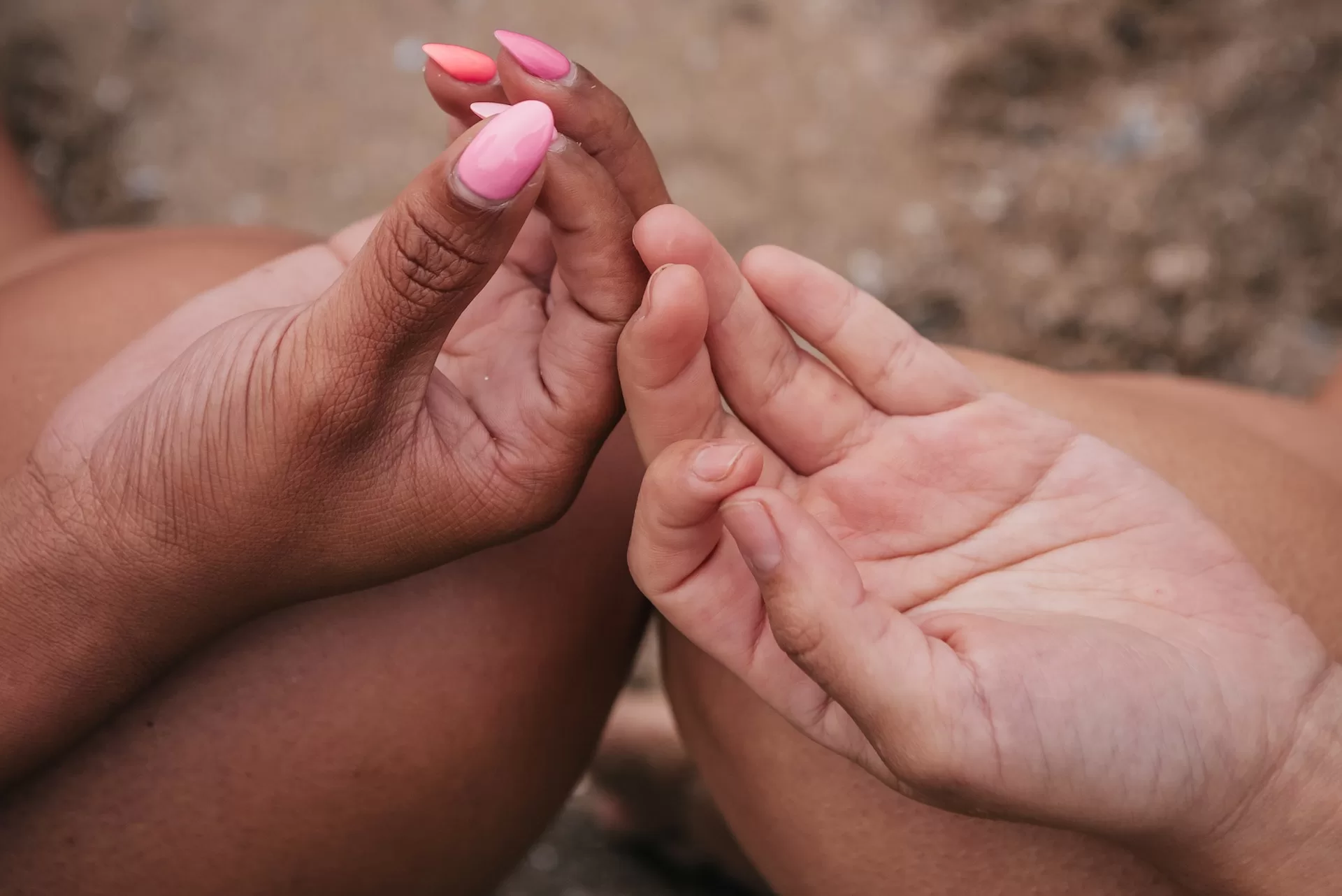Introduction
Mudras are hand gestures that have been used across a variety of meditation and spiritual practices around the world, particularly in India and other areas in the Eastern World.
While mudras are commonly associated with yoga practices, they can also be used in other forms of prayer and worship and can even be used to create physical and mental health and wellbeing.
In this expert guide we will explore what mudras are and the different ways that mudras can be used both practically and spiritually.
The Significance of Hand Gestures in Different Belief Systems
The human hand can convey a range of feelings, emotions, and spiritual messages. In Christianity, for example, the sign of the cross is often used as a blessing at church services, while in other religions hand gestures, also known as mudras, are used to show devotion or to bless a deity or to summon their power.
The History of Mudras
Mudras have been used in spiritual practices worldwide for thousands of years. They were used in the Hindu traditions of India, in Tibetan Buddhist practices, in Middle Eastern and Mediterranean cultures, and in ancient China.
In ancient India, mudras were used as part of rituals in Hindu Temples, and in Buddhist art, mudras are often depicted to represent the teachings and enlightenment of the Buddha.
Mudras in the Meditation and Yoga Practices of India
In India, seated and standing postures, or asanas, are combined with mudras to provide a focused meditation experience. Mudra use also helps to create a specific atmosphere in the meditation space. For example, a popular mudra used in yoga is the Anjali Mudra, where the hands are brought together in front of the heart in a gesture of reverence and offering. This mudra helps to open the mind and heart for meditation.
The Chakras and Prana
The chakras are energy centers in the body and cannot be seen, heard or touched. They exist on the subtle energy bodies, but they can be felt by an experienced practitioner when practicing yoga or pranayama (yogic breathing).
Using mudras can open or close the energy or pranic pathways, which is essential for spiritual advancement.
Purposes of Mudras
There are many different types and purposes of mudras, depending on the practice and the individual. Different mudras serve different purposes and most mudras have specific symbolic meanings. For example, the Abhaya Mudra is a gesture of protection and blessings from a deity, and the Jnana Mudra is a sign of spiritual understanding and growth.
Physical Benefits of Mudras
In addition to the spiritual and metaphysical aspects of mudras, there are also physical benefits to performing them.
Performing mudras with correct posture and commitment helps to create and maintain balance, harmony and flexibility in the body.
Conclusion
Mudras have been used for thousands of years and are still used today in spiritual practices all around the world. As we have seen, mudras are a powerful tool for creating physical and mental health and wellbeing, and through their practice, one can gain insight into the subtler realms of the self.

